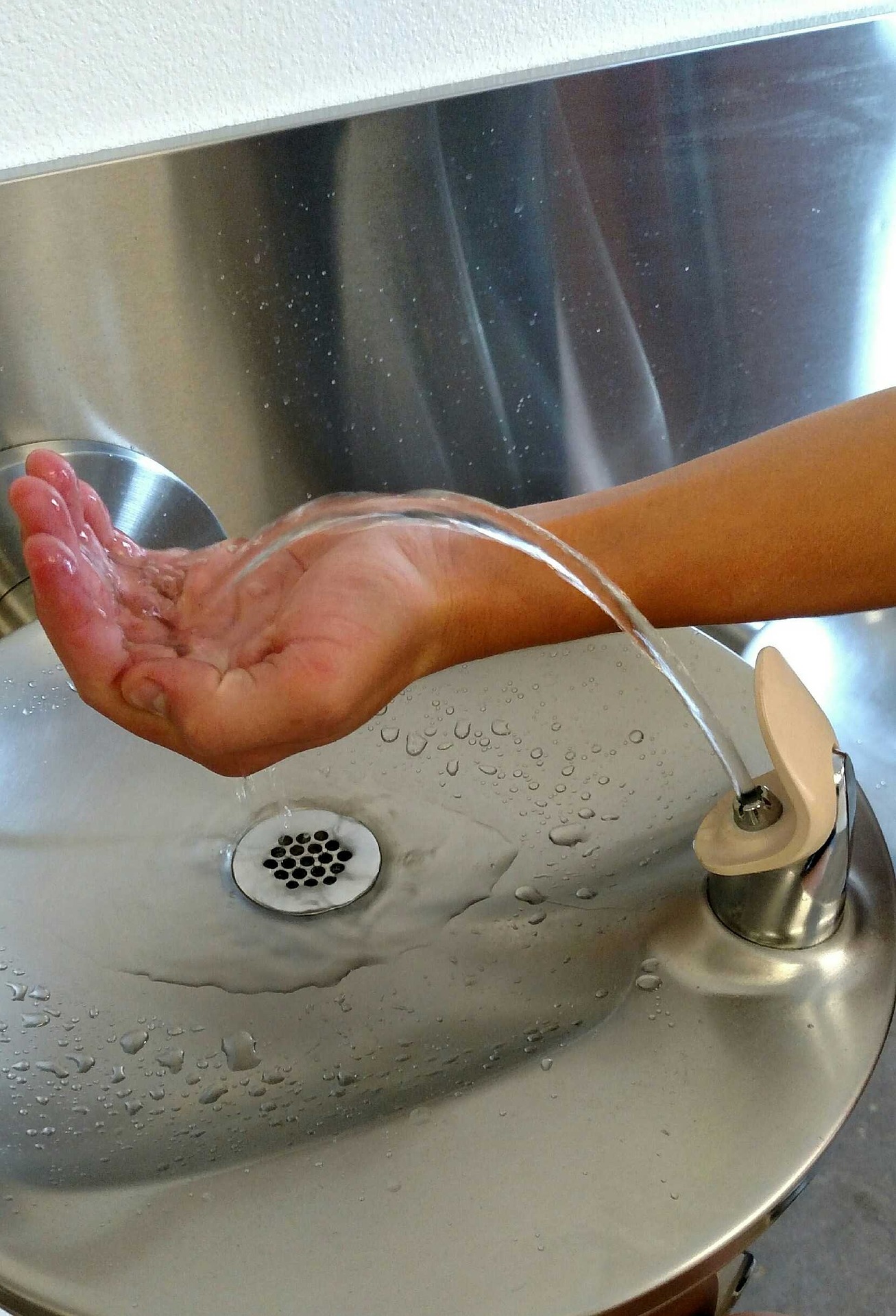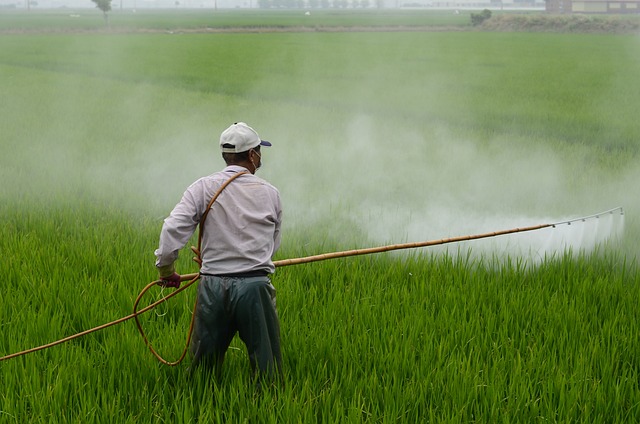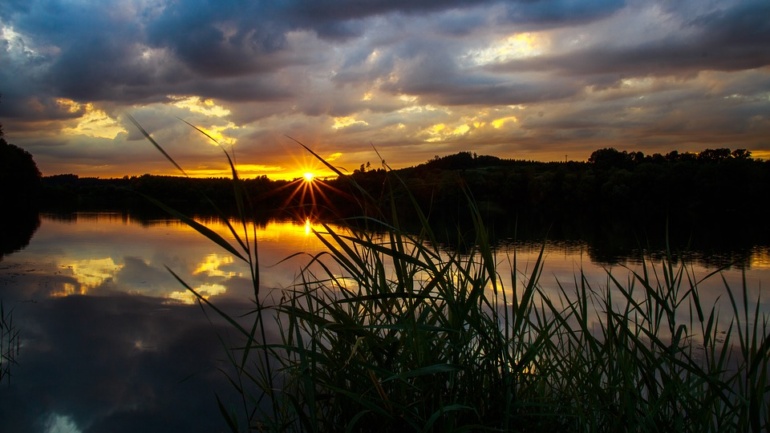Written by Albert Garcia, Staff Writer for Save The Water™ | January 14th, 2018
Drinking fountains are a permanent fixture of schools across the United States. Schoolchildren rush to the drinking fountains after recess. Teachers refill water bottles between classes. However, a major problem may also be gushing from drinking fountains across the nation: water contamination. Whether it is due to poorly maintained water pipes, economic costs, or political loopholes, unsafe drinking water may be seeping into your cup. That contamination can bring adverse health effects to humans and the environment.
Lead appearances in California’s water supply
In California, water pipes in schools are deteriorating, leading to the discovery of elevated levels of lead. CALmatters, a California-based nonprofit, has reported, “Tests have turned up harmful levels of lead in water fountains and taps at other schools in San Diego and Los Angeles, where the district long ago decided to identify, flush and fix or seal hundreds of contaminated fountains.”1 Lead is unsafe for human consumption and must be avoided at all costs; however, Reuters researchers discovered that children in dozens of California neighborhoods had elevated levels of lead, which can cause developmental disorders and brain damage.1 Surprisingly, the State of California is not under pressure to test their water supply for contamination, nor are public schools legally required to do so.1 The only time children undergo lead testing is when they are referred by a doctor who sees that the children are living in homes over 40 years old with peeling paint and living on a low-income assistance program.
To help fix this water contamination issue, California politicians are introducing two bills via the legislature that will resolve the water contamination. Assembly Bill 1316 would direct the California Department of Public Health to urge doctors to ask families a wider range of questions when assessing a child’s risk of lead exposure, such as questions about the family’s broader neighborhood.1 In addition, Assembly Bill 746 would directly require public schools districts to regularly test their water supplies and address any sources of contamination.1
Both bills address a serious issue, as two percent of tested children in California have been exposed to lead.1 Furthermore, certain neighborhoods in California are hit particularly hard with lead exposure. CALmatters reports, “In Alameda County, eight zip codes showed rates higher than or equal to Flint. Zip codes within Los Angeles, Monterey and Humboldt counties also showed higher rates of childhood lead exposure. In one Fresno zip code, nearly 14 percent of the children tested had elevated levels of lead.”1
Additional contaminants
In the Central Valley of California, another water crisis looms. Many chemicals and contaminants are lurking in the water in San Joaquin Valley, including levels of arsenic exceeding federal safety levels by three times.2 Rural parts of the state have also discovered high levels of pesticides, nitrate, bacteria, and naturally occurring uranium.2 The Pacific Standard has noted, “According to the National Institute of Health, arsenic is a known carcinogen and exposure to arsenic as a child is associated with the higher risk of later developing cancer. And trihalomethanes may also be carcinogenic, according to the State Water Resources Control Board.”2
In the Central Valley, 1,600 public water violations were recorded by the Lucile Packard Foundation for Children’s Health, with approximately 40 percent of the violations located in just four counties and with San Joaquin Valley schools showing the highest concentration of water pollution.2 Despite the work of non-profit organizations and state agencies who are attempting to remedy this situation, some schools have turned off the water due to known bacterial and arsenic contamination.2 The availability of clean water is a serious issue facing children, with The Pacific Standard reporting that “…in 2003-2014, between 500,000 and one million schoolchildren lacked access to safe drinking water.”2
What can be done?
Multiple solutions are available to combat the contaminated water crisis in California’s Central Valley. For example, new legislation approved $9.5 million in funding for the Drinking Water for Schools Grant Program, which will support the installation of safe water systems for schools in low-income neighborhoods.2 Schools and communities with unsafe drinking water can also use a water filter to rid the water supply of contaminants as an interim solution until new water supplies are found or water systems installed.2
Educating the masses will prove useful as well. Public education can inform people how contaminated water affects the community and overall health. Public workshops and community events will expose people to the real dangers of unsafe drinking water, while also imparting practical knowledge. For example, one school held an assembly to talk to students about where their water comes from and what arsenic is. Public workshops are helpful to parents, who are worried about their children.2
References:
1. Elizabeth Aguilera. August 15, 2017. “Drinking lead – why California may force all schools to test their water.” CALmatters. https://calmatters.org/articles/legislature-considers-strict-lead-testing-requirements-schools/
2. Sasha Abramsky. July 7, 2017. “The Dangers Lurking in California School Drinking Fountains.” The Pacific Standard. https://psmag.com/environment/the-dangers-lurking-in-california-school-drinking-fountains





